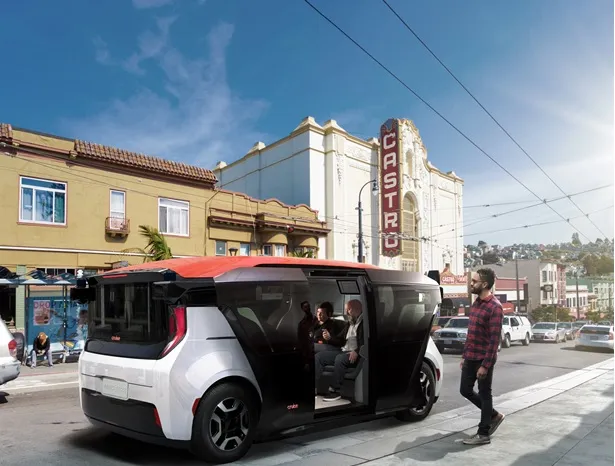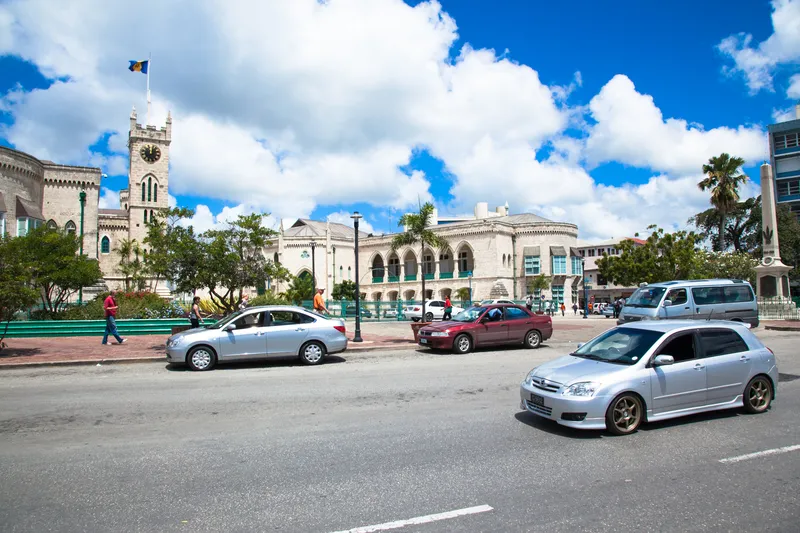
The Canadian government has announced an investment of $Can15 billion for public transit projects over the next eight years.
“And because we recognise that communities need predictable funding to be able to effectively plan ahead, this includes a permanent public transit fund of $3 billion a year ongoing, starting in 2026,” prime minister Justin Trudeau said.
The investments will support major transit projects like new subway extensions and help electrify fleets with zero-emission vehicles.
Trudeau revealed the funds will meet the “growing demand” for walkways and paths for cycling while also helping rural and remote communities deliver projects to meet their mobility challenges.
The investments will also help Canada achieve its climate goals.
“As we said when we presented our strengthened climate plan in December, the development of public transit will help us exceed our 2030 target and put us squarely on a path to net-zero by 2050,” Trudeau adds.
The Canadian Urban Transit Association has already released its own report on how public transportation should be developed post-Covid.
The country has invested more than Can$13bn in public transit projects across the country since 2015.
These investments were used to construct more than 240km of new metro and light rail lines, purchase more than 300 zero-emission buses and create more than 500km of active transportation trails for pedestrians and cyclists.
“And in collaboration with partners and with all orders of government, we will continue to make smart investments that have a real, positive impact in your life, and in the lives of people across the country,” Trudeau continued.
The government has also taken steps to improve transport accessibility.
Earlier this month, it announced plans to invest Can$3.5m in two projects to modernise and improve accessibility for Peel Region's public transit system.









